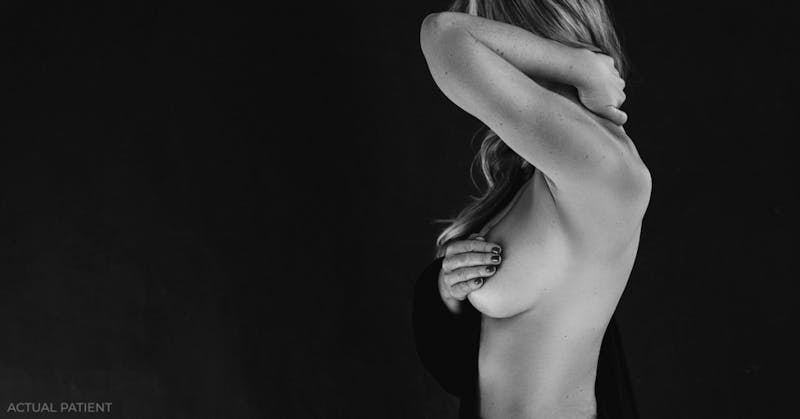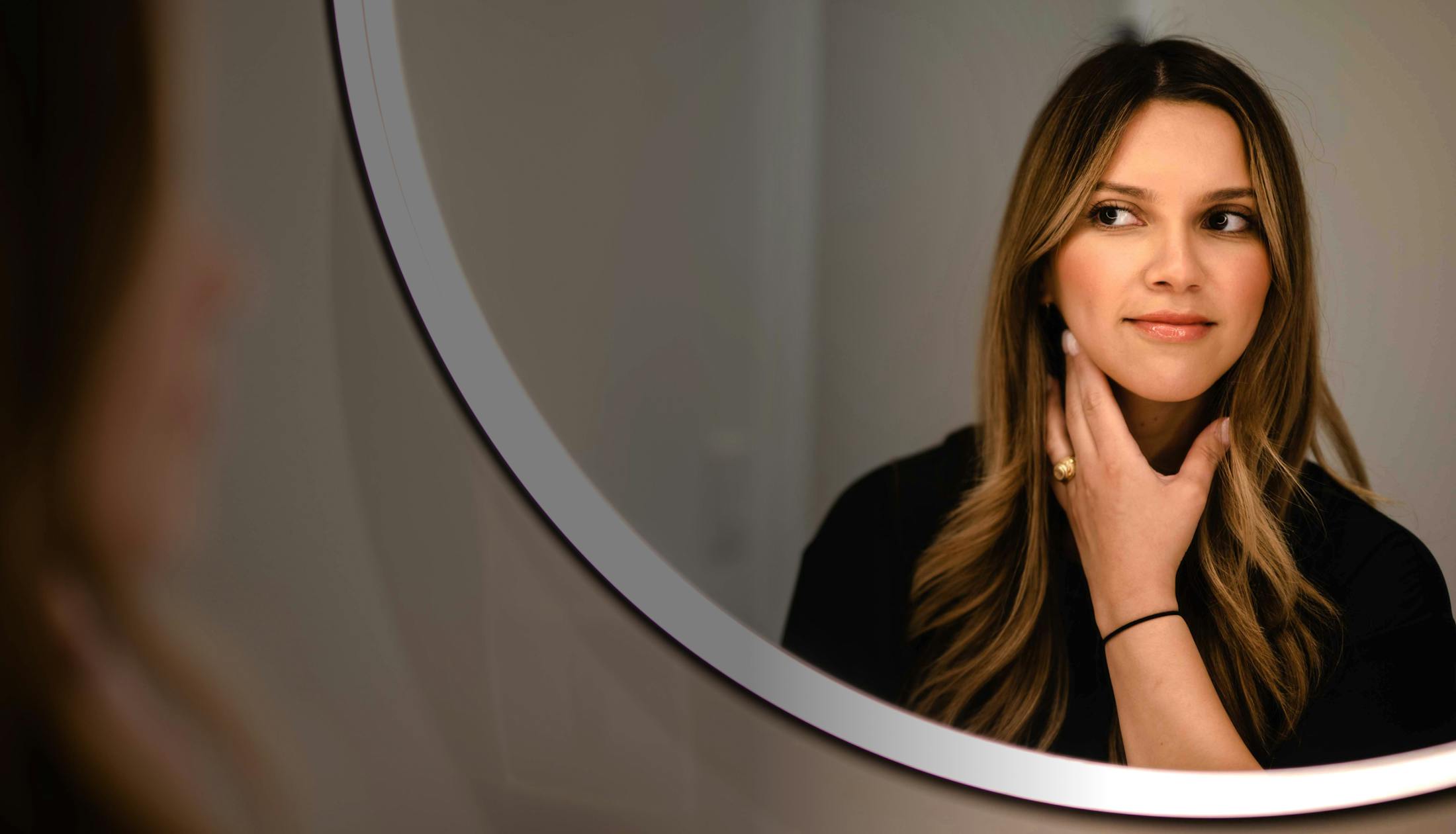
In the 50+ years since the first breast successful breast implant surgery, the methods and techniques of the procedure have become far more refined. There are now more options for effective breast augmentation than ever before. Women considering augmentation choose more than just breast implants at our Austin practice; they also choose (with my guidance) how the implants will be placed in relation to the muscle and breast tissues.
In this blog post, we’ll take a closer look at the placement options that exist for breast implants and the factors that go into deciding which placement is best for each case.
Anatomy of a Breast
The structure of the breast is fairly complex and is comprised of glandular tissue, fat (adipose) tissue, skin, and the nipple-areola. While there are no muscles in the actual breast, behind the glands and fatty tissue there are muscles supporting the breast from behind and underneath.
- Pectoralis major: This thick, flat muscle covers the upper front of the chest and is located beneath the upper inner portion of the breast gland.
- Serratus anterior: This is located under the lower outer portion of the breast.
- Pectoralis minor: This is the muscle below the pectoralis major.
I work closely with patients to determine where the implant will be placed in relation to these muscles. For more info on how to choose the implant itself, please visit our Breast Implant Options page.
Subglandular Placement (Above the Muscle)
With this option, the implant is placed entirely on top of the pectoralis major muscle and in a pocket behind the breast glandular tissue. Advantages include no interference with pectoralis muscle function, no “animation” or movement of the breasts that occurs with arm movement, and no requirement for stretching of the muscle for the implant to settle into its final position. The recovery time for this type of placement is also shorter than the others.
Subpectoral Placement or Dual Plane (Partially Below the Muscle)
With subpectoral placement, the implant is placed partially behind the pectoralis major muscle. The upper, inner portion of the implant is beneath the pectoralis muscle, while the lower outer portion, because it extends below the lower margin of the pectoralis muscle, is beneath the breast gland. This approach allows the breast implant to age well with the breast tissue over time. It also allows me to create a rounder shape in the lower pole of the breast in women who have a tight breast or a short nipple-to-fold distance.
Submuscular Placement (Fully Below the Muscle)
With this approach, the implant is placed entirely behind the chest muscle wall—behind the pectoralis major, the supporting connective tissue, and non-pectoral muscle groups. This deeper implant placement helps camouflage implant-related imperfections. However, the implant often sits higher on the chest, does not age well with the breast tissue over time, and moves when the muscles are activated.
A qualified plastic surgeon will determine the best placement of breast implants only after assessing the body type, lifestyle, and implant choice of each patient. In my practice, about 50% of patients choose the dual-plane approach and the other 50% choose the subglandular approach. My role is to always guide you in making the best decision for yourself, your anatomy, and your desired results.
To see real patient breast augmentation results with various placements, please visit our before-and-after photo gallery.
If you want to learn more about breast implants and placement options in Austin, please contact us online or call (512) 288-8200 to request a personal consultation.


